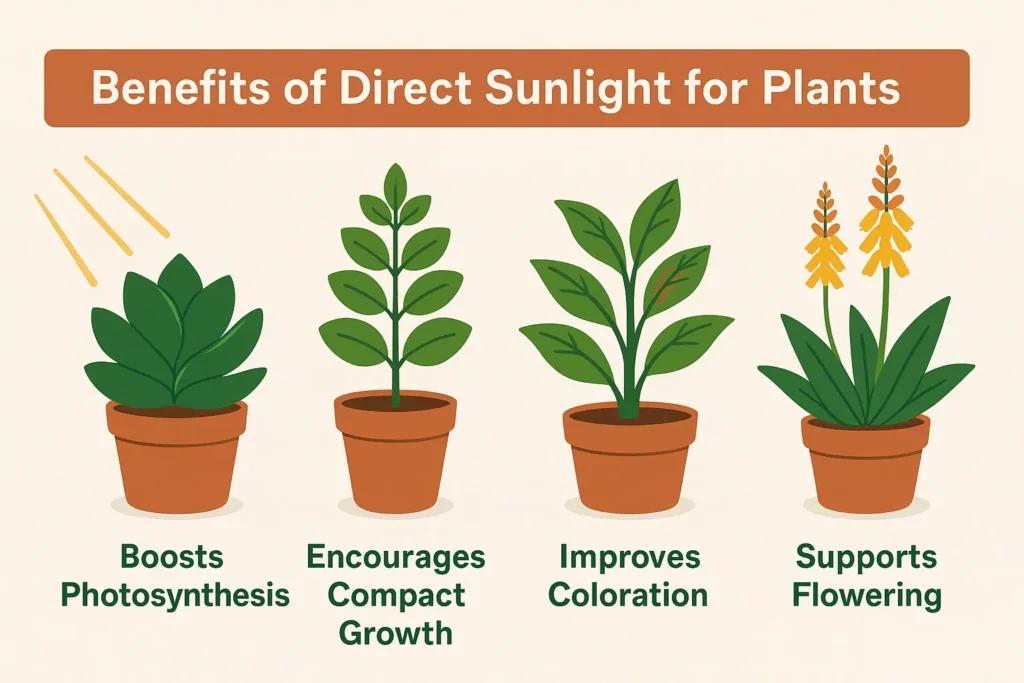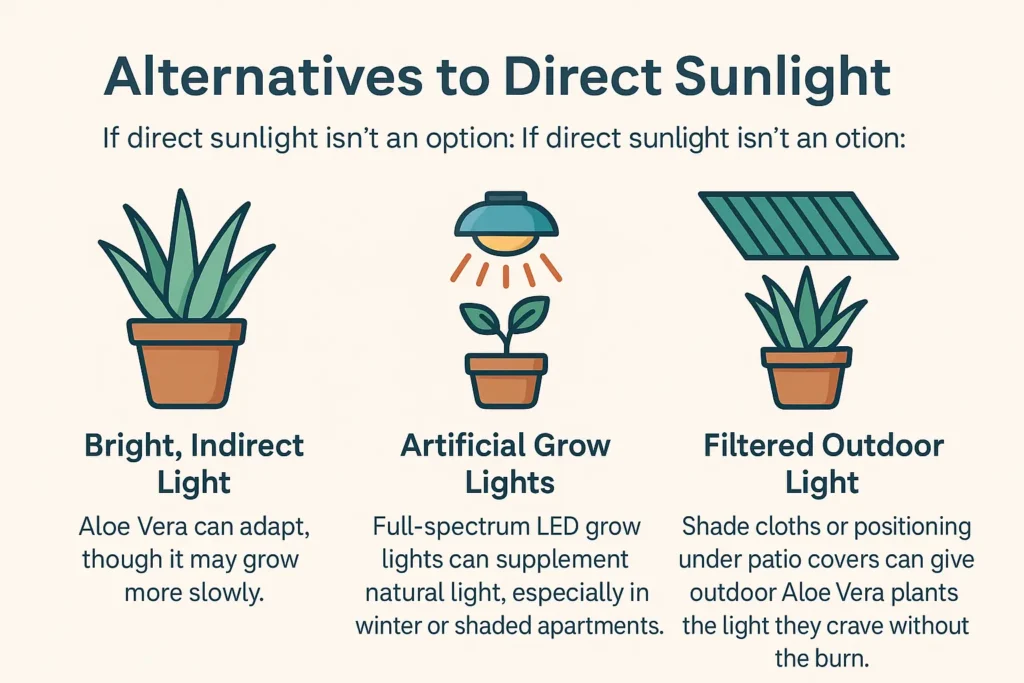Should Mint Plants Be in Direct Sunlight? A Complete Guide

Should Mint Plants Be in Direct Sunlight? Mint plants thrive in full sun to partial shade, but direct sunlight for extended hours, especially during peak afternoon heat, can scorch their leaves. Ideally, mint should receive 4-6 hours of direct sunlight, preferably in the morning or filtered through light shade. Always monitor leaf health — crispy edges or drooping leaves signal too much sun exposure.
Introduction
Mint plants are a beloved staple in herb gardens and kitchen windowsills alike. Known for their refreshing aroma and vigorous growth, they’re easy to grow and rewarding for beginners and seasoned gardeners. Whether you’re snipping fresh leaves for tea or adding a sprig to summer drinks, growing mint plants successfully depends heavily on their sunlight exposure.
But here’s the kicker — while mint is hardy, is direct sunlight always good for mint plants? That’s the question we’re tackling today.
Understanding Mint Plants’ Natural Habitat
Before deciding if mint plants should be in direct sunlight, it’s important to understand where they come from.
Mint (Mentha spp.) is native to temperate regions across Europe, Asia, and North America. In the wild, they’re often found thriving along riverbanks, forest edges, and meadows. These areas typically offer plenty of sunlight but with dappled shade from taller plants or trees.
This means mint has adapted to love light but doesn’t always bask in intense, unfiltered sun all day long.
Benefits of Direct Sunlight for Mint Plants
If you’ve ever wondered why should mint plants be in direct sunlight, when managed properly, sunlight is crucial for:
- Strong, flavorful leaves: More sun generally means more essential oils, giving mint its signature scent and taste.
- Healthy, upright growth: Mint plants exposed to adequate light grow bushier and avoid becoming leggy.
- Faster regrowth after harvesting: Sunlight helps replenish energy quickly after you’ve snipped those fragrant leaves.
For most gardeners, giving mint plants 4-6 hours of morning direct sunlight boosts their overall health and vigor.
Risks of Excessive Direct Sunlight
Here’s the flip side. Mint plants exposed to intense direct sunlight for too long can suffer.
Common signs of too much sun include:
- Leaf scorch and browning edges.
- Wilting or drooping leaves, especially if soil moisture is low.
- Stunted growth or faded leaf color.
Afternoon sun, particularly in hotter climates, is often too harsh. Even though mint is resilient, it appreciates some relief from relentless midday rays.ng peak afternoon hours—can protect them from these problems while still providing the sunlight they need.lly during peak summer, basil appreciates some relief from the scorching afternoon sun..
Recommended Light Conditions for Mint Plants
So, exactly how much direct sunlight should mint plants get? 4-6 hours of direct sunlight per day is ideal.
Morning sunlight is preferred, as it’s less intense.
Afternoon sun should be filtered through light shade or avoided altogether in hot regions.
Indoors, place mint near south- or east-facing windows with sheer curtains if needed.
By balancing light exposure, you’ll keep your mint lush without risking sunburn.
For more detailed light recommendations, check out the Plants for Direct Sunlight Guide.
Alternatives to Direct Sunlight
If your garden or indoor space doesn’t offer ideal direct sunlight, don’t worry.
- Bright, indirect light works well for mint, especially indoors.
- Outdoors, positioning mint near taller plants can create the dappled shade it enjoys in the wild.
- Shade cloths are handy during summer peaks, reducing sun intensity by 30-50%.
In less sunny seasons, supplementing with grow lights ensures your mint keeps producing those aromatic leaves.
Seasonal and Location-Based Adjustments
Sunlight needs aren’t static. Your location and seasons play a huge role.
- In cooler climates, mint tolerates more direct sun, even into the afternoon.
- In hot, arid regions, morning sun and afternoon shade is non-negotiable.
- As days lengthen in summer, you might need to adjust mint’s placement to avoid leaf scorch.
The key? Observe your plant and adjust accordingly.ss. outdoors during warmer months, choose a spot with morning sunlight and afternoon shade.
Practical Tips to Manage Light Exposure
Here are simple tips to get sunlight right for mint:
- Use your hand’s shadow to estimate light intensity. Crisp shadows mean strong light, soft-edged ones mean filtered.
- Rotate pots weekly for even growth.
- Look out for wilting or leaf curl, signs of too much sun.
- Adjust watering habits — mint in direct sunlight dries out faster.
With these small tweaks, you’ll fine-tune mint’s light needs like a pro.accordingly. Even slight repositioning can drastically improve a snake plant’s health.and yield.
Conclusion
So, should mint plants be in direct sunlight? The answer is — yes, but with moderation.
- Morning direct sunlight (4-6 hours) is ideal.
- Harsh afternoon rays? Best avoided or filtered.
- Balance is key. Too little sun leads to weak growth; too much causes leaf scorch.
Keep an eye on your mint’s leaves, adjust light exposure as needed, and you’ll be rewarded with lush, aromatic harvests season after season.
Check out our plants for direct sunlight guide. It’s packed with practical tips for sun-loving plants beyond basil.
Explore More Guides and Calculators
At PlantCalculators, we’re all about making plant care easier. Dive into our other handy guides and tools:
- Mulch Calculator: Find out how much light your specific plant needs.
- Watering Calculator: Personalized watering guides based on your environment.
- Soil Calculator: Get the dirt on soil mixes and feeding routines.
Visit our Houseplants section for a full library of resources designed to help your plants thrive.
Recommended Resource for Further Reading
For expert-backed, science-based houseplant care tips, we highly recommend this comprehensive guide from the University of Illinois Extension. It’s a fantastic resource for learning about indoor plant care, common issues, and best practices.


